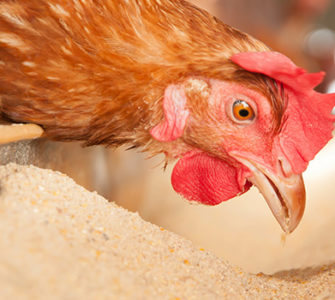More poultry research focusing on antibiotic alternatives
The poultry industry’s focus on alternative approaches to managing gut health should help preserve the efficacy of the few remaining antibiotics it has available, said Donna Carver, DVM, PhD, professor and poultry veterinarian at North Carolina State University Extension.
With so few antibiotics left in their toolboxes, veterinarians know they need to use them judiciously while evaluating alternatives, Carver told the audience at the National Institute of Animal Agriculture’s Antibiotic Stewardship Seminar in Herndon, Virginia, in November 2017.
For example, she noted that many poultry companies are conducting studies with botanicals that could help either prevent or treat gut diseases.
The industry also has research efforts underway that address the chicken’s intestinal microbiome as well as pro- and pre-biotics to exclude organisms such as Salmonella and Campylobacter, she said.
Today, when companies approach NCSU about conducting a study, it seldom involves antibiotics anymore, Carver reported. They more often ask about evaluating the microbiome and want to find alternative remedies for managing diseases such as necrotic enteritis, she said.
Market pressure has pushed the poultry industry toward raising flocks without antibiotics over a very short time. Carver presented statistics from Rennier Associates showing that in 2013, there were very few flocks in the US raised with no antibiotics ever, but by the end of 2016, 34% of feed produced for US broiler operations did not include antibiotics.
Meeting market demand for reduced use of antibiotics is crucial for business success and lessens food-animal exposure to antibiotics, which may reduce antimicrobial resistance over time, she said.
However, raising poultry without antibiotics increases production costs by negatively affecting feed conversion and days to market age, she said. Most importantly, veterinarians point to an increase in necrotic enteritis among broiler flocks that can’t be treated with antibiotics, which in turn has spawned the industry’s search for antibiotic alternatives, Carver said.
Posted on January 26, 2018

















